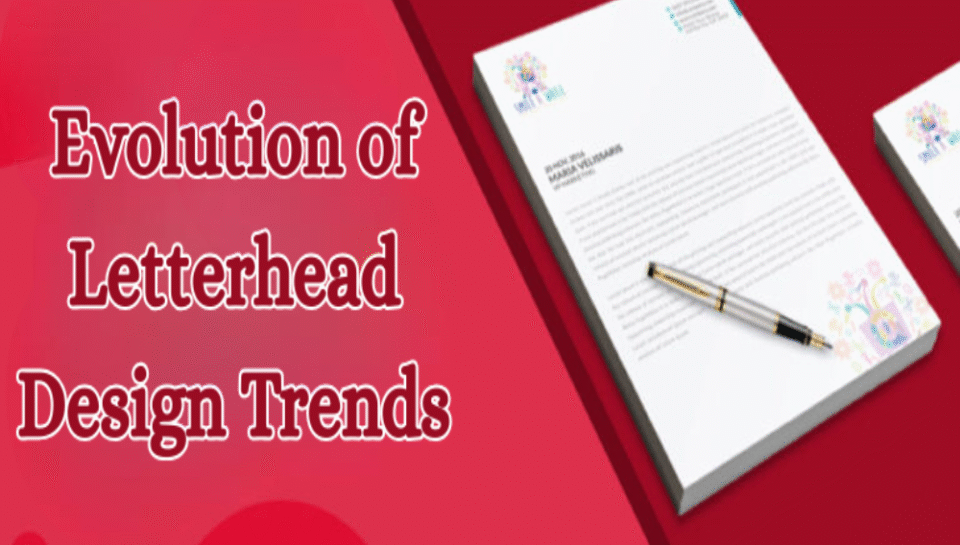
Briefly discuss the evolution of letterhead design trends.
INTRODUCTION
The evolution of letterhead design trends mirrors the broader shifts in branding, communication, and design aesthetics over time. From traditional, ornate layouts to sleek digital-friendly formats, letterheads have transformed to reflect changing values in professionalism, technology, and visual storytelling. This progression reveals how organizations adapt their identity presentation to remain relevant, functional, and visually compelling.
1. CLASSICAL ELEGANCE (EARLY TO MID-20TH CENTURY)
Letterheads in the early 1900s emphasized formal typography, elaborate borders, and heavy use of serif fonts. They reflected hierarchy, authority, and tradition, often featuring centered layouts and monochrome designs with embossed or foil-stamped logos.
2. MODERNISM AND SIMPLICITY (1960s–1980s)
With the rise of modernist design, letterheads became cleaner and more structured. Sans-serif fonts, grid layouts, and minimal use of decoration replaced ornamental styles. The focus shifted toward clarity and efficiency, aligning with corporate professionalism.
3. DIGITAL ADAPTATION (1990s–2000s)
As organizations moved into the digital space, letterhead designs were adapted for use in PDFs, word processors, and email formats. This required simpler layouts, web-safe fonts, and digital resolution optimization—favoring functionality over flourish.
4. BRAND-CENTRIC DESIGN (2010s)
Letterhead design became a key part of unified brand identity. Visual consistency across all touchpoints—print, email, documents—was emphasized. Logos, color schemes, and font systems were standardized, and departments began using branded templates tailored to their function.
5. MINIMALISM AND FLAT DESIGN (LATE 2010s–EARLY 2020s)
Minimalist design trends took hold with clean layouts, generous white space, and subtle accents. Flat design avoided drop shadows or gradients, offering sleek and modern aesthetics suitable for both print and digital use.
6. FUNCTIONAL AND INTERACTIVE (2020s–PRESENT)
Current trends prioritize digital-first, responsive letterhead formats with clickable elements (email, website, social media links). There’s a stronger focus on accessibility, sustainability, and user experience. Customization for different departments and inclusion of QR codes or document classification fields are also emerging.
CONCLUSION
Letterhead design has evolved from ornate and formal to minimalist and multifunctional. Each era reflects the technologies, aesthetics, and business values of its time. Today’s letterheads are streamlined, brand-driven, and digitally optimized—balancing style with strategic communication needs.
HASHTAGS
#LetterheadDesign #DesignTrends #VisualIdentity #CorporateCommunication #BrandConsistency #ModernDesign #MinimalistDesign #DigitalLetterhead #StationeryDesign #DesignEvolution #PrintDesign #TypographyTrends #FlatDesign #DesignHistory #OfficeBranding #ProfessionalDesign #CorporateAesthetics #DesignInnovation #BrandStrategy #DocumentDesign #ResponsiveDesign #WorkplaceDesign #BrandIdentity #CleanDesign #FunctionalDesign





